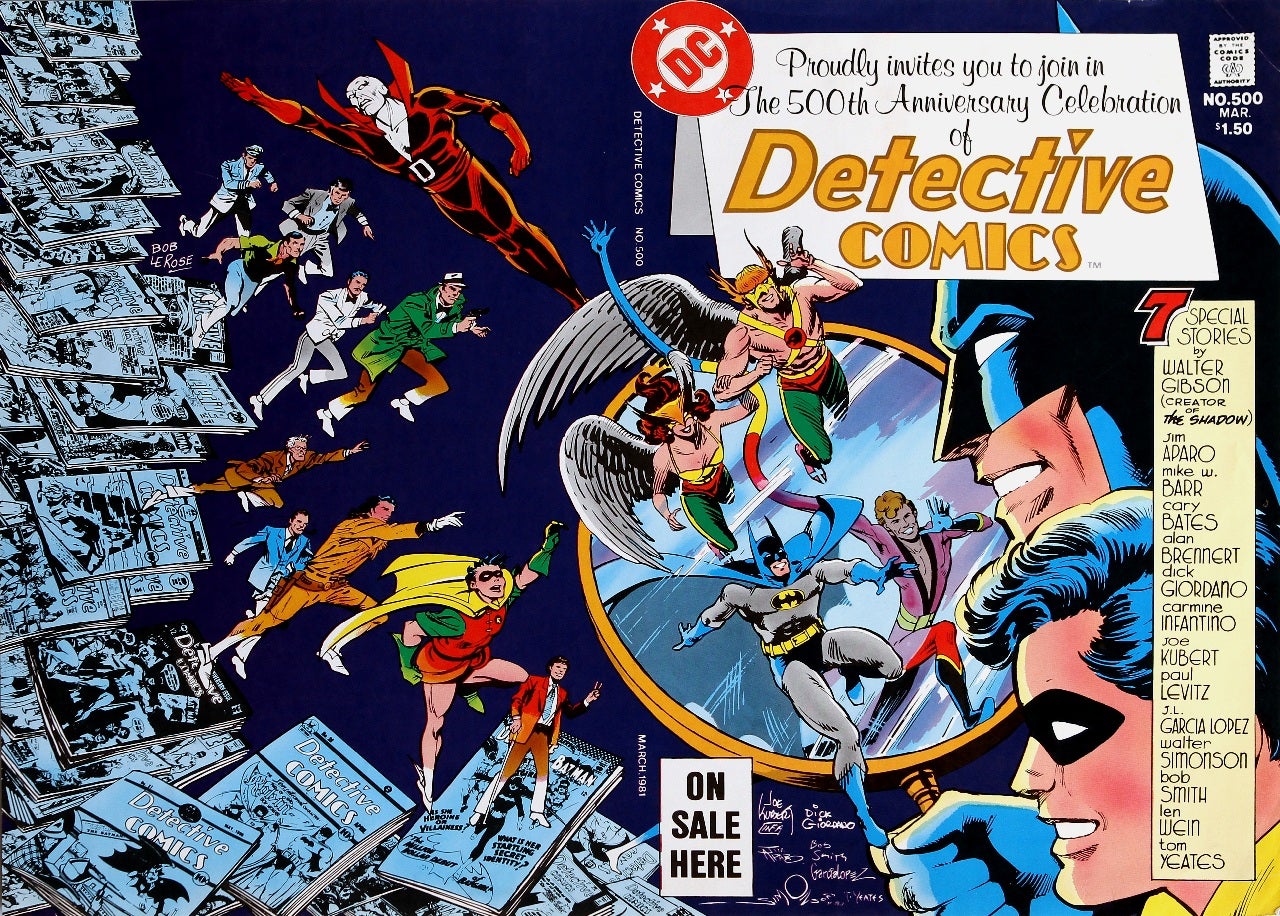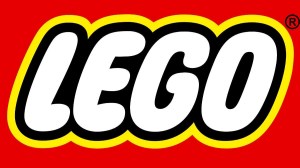
Videos by ComicBook.com
Typically, DC is considered to be somewhat more generous in this regard than is Marvel, but there is a general sense that without Paul Levitz at the helm and with more multimedia and film concerns pressing on the day-to-day operations, DC is coming into line with their cross-town competition.
Neither of the two, of course, had particularly strong reputations in this area to begin with.
Even if that weren’t true, though, the story Brennert tells — that he wasn’t granted profit participation because Barbara Kean, the fiancée of Jim Gordon and a character he created, is “derivative” of her daughter Barbara Gordon, a previously-existing character — is in line with DC’s practices in many cases. Ron Marz once told our Panel Discussions podcast that for similar reasons, he doesn’t have equity in Kyle Rayner, the Green Lantern he created who was the star of the series for nearly a decade and was recently rumored for inclusion in Batman V Superman: Dawn of Justice.
Here’s what Brennert has to say about his experience at DC:
Back in 1981, in a story called “To Kill a Legend” in DETECTIVE COMICS #500, artist Dick Giordano and I created a character named Barbara Kean, the fiancée of Lt. James Gordon. (This was set on a parallel Earth where counterparts of the “real” Batman and his cast were twenty years younger.) A Golden Age “Mrs. James Gordon” (no first or maiden name) had appeared in 1951, mother of a son named Tony, but my character, later picked up by talented writers like Frank Miller and Barbara Randall Kesel, was clearly the prototype (with the same first name) for the “Post-Crisis” first wife of Lt. James Gordon, and—as Barbara Kean Gordon—became a supporting player in Batman continuity, and even made two movie appearances in BATMAN BEGINS and THE DARK KNIGHT.
And this fall on GOTHAM, Fox’s prequel to the Batman mythos, one of the supporting characters will be…Barbara Kean, fiancée of Lt. James Gordon.
Ironically enough, on the same day that DC’s online news site listed the results of a fan poll in which I was chosen one of “the 75 greatest Batman artists/writers,” an executive at DC Entertainment—let’s call him “Johnny DC”—dismissed my request for “equity” (a percentage of income received when a character you create is used in other media) in the character. The justification? Because I had given her the same name, profession, and appearance as her daughter (at the time, just a sly wink to the reader), she was “derivative” of her daughter Barbara (Batgirl) Gordon and equity “is not generally granted” in derivative characters like wives, husbands, daughters, sons, etc., of existing characters: “this is the criteria by which all equity requests are measured.”
I then pointed out to him that writer Mark Waid had been told by then-DC management that DC did, in fact, give equity in “derivative” characters, just a smaller percentage—and indeed Mark and artist/co-creator Mike Wieringo received equity in the “derivative” character of Bart Allen/Impulse (grandson of Barry Allen/Flash) and received payments when he was used on SMALLVILLE. I suggested DC grant a similar reduced percentage on Barbara Kean, and I was willing to limit this to her appearances on GOTHAM and forget the movies.
How did Johnny DC respond to this? Did he rebut my argument? Nope. When confronted with the, shall we say, lack of veracity of his statement, he simply stopped responding to my emails.
Classy, right?
Now, let me be clear: I’ve since learned that the amount of money involved here can be as little as $45 an episode for a full equity character. So clearly I’m not in this for the money, but the principle. This is small change compared to the fact that the estate of Jack Kirby receives no share of the billions in dollars that Marvel/Disney makes from movies based on characters he co-created. But I suspect DC counts on the fact that the money is low enough that hiring an attorney to pursue it would cost more than you’d ever receive in equity payments. They also count on the fact that their freelancers depend on DC for work and thus will not publicly call them out. (And sometimes these freelancers are the very ones for whom that little bit of extra money would mean a lot.)
But as a novelist I depend in no way on DC for my livelihood, and have no problem recounting the bad faith they have demonstrated to me. But I take little satisfaction in it. There was a time—under the management of Jenette Kahn, Paul Levitz, and Dick Giordano—when DC went to great lengths to credit and compensate creators. They felt it was money well spent, because it brought other creators to the company and everyone benefited. I was actually proud to be associated with a comics company with a conscience. I hope my experience with the “new” DC is not typical, and that they still have a conscience. But I sure don’t see it from where I sit.
The claim about Waid may be more complex than it sounds; given the breadth of his contributions to DC over the years, it’s distinctly possible that Paul Levitz “made something happen,” as he was famous for doing (it’s reportedly him that kept a Watchmen spinoff at bay for 20 years). Not only characters but entire stories of Waid’s have also been used in other media over the years, meaning that it’s in DC’s best interests to keep him reasonably happy and out of courtrooms, regardless of what the current policy was or is.
It is clear, though, including from recent comments made online by best-selling novelist Brian Keene, who had a number of near-misses at DC recently, that those who make their living outside of comics may be a sought-after commodity for Marvel and DC but are often difficult to please given the unique and somewhat punishing economic and creative policies of Big Two comics.
Note: Brennert refers to “DC’s online news site,” but the article in question comes from CBR. It was likely linked to on DC’s fan or press blog and called to Brennert’s attention.









